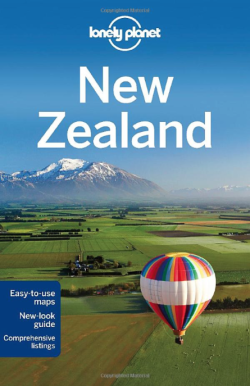East Coast Region
The East Coast lies on the central eastern coast of New Zealand’s North Island. It is the area of land that juts out into the Pacific Ocean, stretching from Opotiki in the Bay of Plenty to Gisborne in Poverty Bay. At its most eastern point is the East Cape. It is a remote land of rugged mountains, spectacular coastline, and sandy beaches. The region enjoys a warm, dry climate and is home to fertile pastoral lands and a flourishing horticulture and viticulture industry. The region is one of New Zealand’s major wine making areas and there are an abundance of wineries where visitors can enjoy tastings and tours.
The region’s geography, with its mountainous Raukumara Ranges, has kept it relatively isolated from the rest of the country. Its local Maori have long settled the region in tiny communities along its coastline, and today continue to represent a high percentage of the population. The region is rich in Maori culture; red-framed Maori meeting houses dot the countryside. It was here that the Oscar nominated ‘Whalerider’ was filmed.
The main centre of the East Coast is Gisborne. Situated on the shores of Poverty Bay, in the south of the region, Gisborne is New Zealand’s most easterly city. It is in fact the world’s most easterly city, and is the first to welcome the dawn of each new day. The city of Gisborne has several attractive gardens and beaches. Nearby Kaiti beach has a memorial to commemorate the place where Captain James Cook took his first steps on New Zealand soil. The city has other sites of historic interest, such as Wyllie Cottage built in 1872. Poho-o-Rawiri, a beautifully carved Maori meeting house is worthy of a visit, as is the Museum and Arts Centre.
To the south of Gisborne is the Mahia Peninsular Scenic Reserve, home to a large tract of lowland coastal forest. The road to the north of Gisborne travels through tiny Maori settlements and pastoral farming land. Access roads run to safe swimming beaches and bays. At Tolaga Bay is New Zealand’s longest wharf, and at nearby Cook’s Cove is the Hole-in-the-wall, a natural rock archway. To the north, Tokomaru Bay is popular for fishing and surfing. Tikitiki in the northeastern corner of the region has a beautiful Maori church with ornate carvings. Further north still, a gravel road from the main highway leads out to the East Cape lighthouse. A climb to the top reveals spectacular views of the area. At Te Araroa stands a huge 600 year old pohutukawa, believed to be the biggest in New Zealand. From here the road follows the rugged coastline to Opotiki, past the pretty Anglican church at Raukokore, a Maori meeting house at Te Kaha, and over the Motu River, a popular fishing spot. Opotiki has a museum displaying items from the times of the early settler, and is home to Hukutaia Domain, a native tree reserve.



